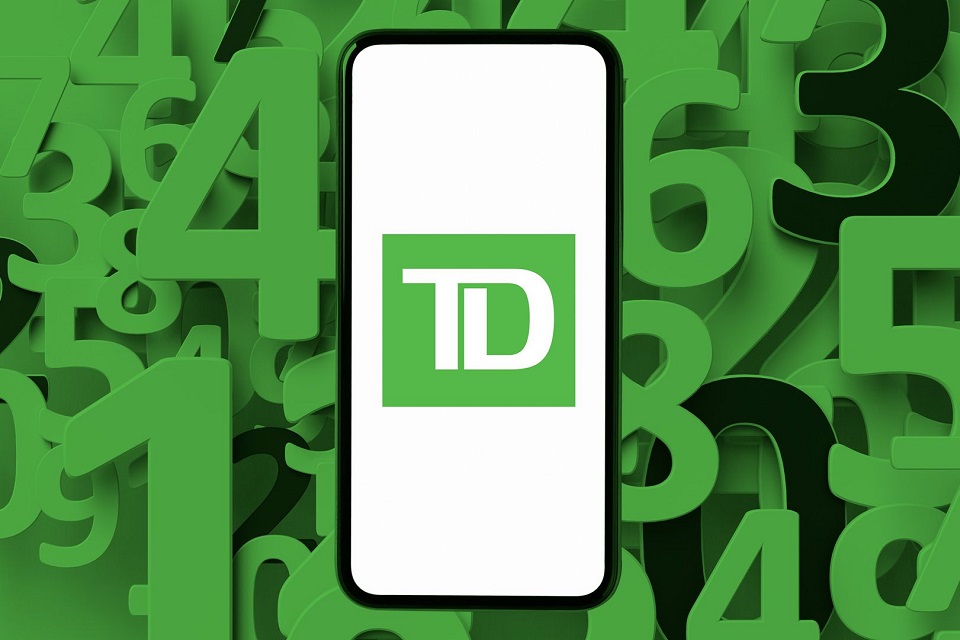Whether it’s sending cash to a loved one abroad or paying a bill online using a US bank account, you’ve probably already been asked for a routing number, such as the TD Bank Routing Number. In a world where momentary institutions have become connected and internet banking is widespread, you may find yourself looking for routing numbers more often than before. This guide is here to assist you better understand this banking term, why it is essential, and when you may need it.
Table of Contents
What Is A Routing Number?
When someone asks for your US bank account information, one of the first things they want to know is the bank’s routing number.
Also familiar as transit routing numbers, these digits are primarily a bank identification code. In 1910, the American Bankers Association created these credentials to ensure that withdrawals and deposits of funds were made to the right bank. This is where another common name comes from “ABA routing number.”
How Can I Find The Routing Number Of My Bank?
There are several ways to find out your TD Bank routing number. Below are some of the ways that are not commonly used:
- Look for your checks: The first set of numbers at the bottom of your checks is the transit routing number. This is a nine-digit number.
- Call the bank: Unlike bank account numbers, routing numbers are not confidential information. Your bank should offer you this information over the phone.
- Check Online: There are research databases that can provide this information, but check your own bank’s website for additional security.
- Whether you are transferring money online or setting up your paycheck for direct deposit, it is essential to enter this number accurately for the funds to reach your location.
Keep in mind that these credentials may vary depending on your accounts and the method of sending money. For example, banks offer different numbers for their checking and savings accounts. Financial institutions may also have respective identifiers for traditional wire transfers and electronic transfers.
Why Are Routing Numbers Important?
Identifying a bank or a credit union correctly is quite the justification for the existence of routing numbers, but why just the name of the bank and a personal account number is not enough? There was a time when providing these items were sufficient. But contrary to what you may think, it was not a good thing. This lack of quantified indicators slowed everything down.
Before routing numbers, checks in the United States took several days to clear a person’s account. This made it easy for checks to be rejected and for people not to have a clear idea of how much they had in their account. The introduction of bank credentials changed this situation. Now when you write a check, withdrawals can be instant.
And while the inventors of this identifier could not predict all its future uses, their innovation continues to benefit bank account holders to this day. This is a common banking number used in the USA. Users can quickly locate it using the above steps. To use this there is no need for any instruction from the bank. Most users make use of this number. Everyone provides their own TD bank routing number to their customer to identify their bank.
Transit Number Or Routing Account Number
It is important to remember that your checking account number and your routing number are not the same. Although they both appear on your checks along with your check number, they have different functions.
Each bank has its routing number. Big banks often even have several different routing numbers. This is why you can find multiple routing numbers on your bank’s website, listed by state. A multinational bank like TD Bank will not share a TD Bank routing number with New York, which will not be the same as the Maryland or Connecticut codes.



